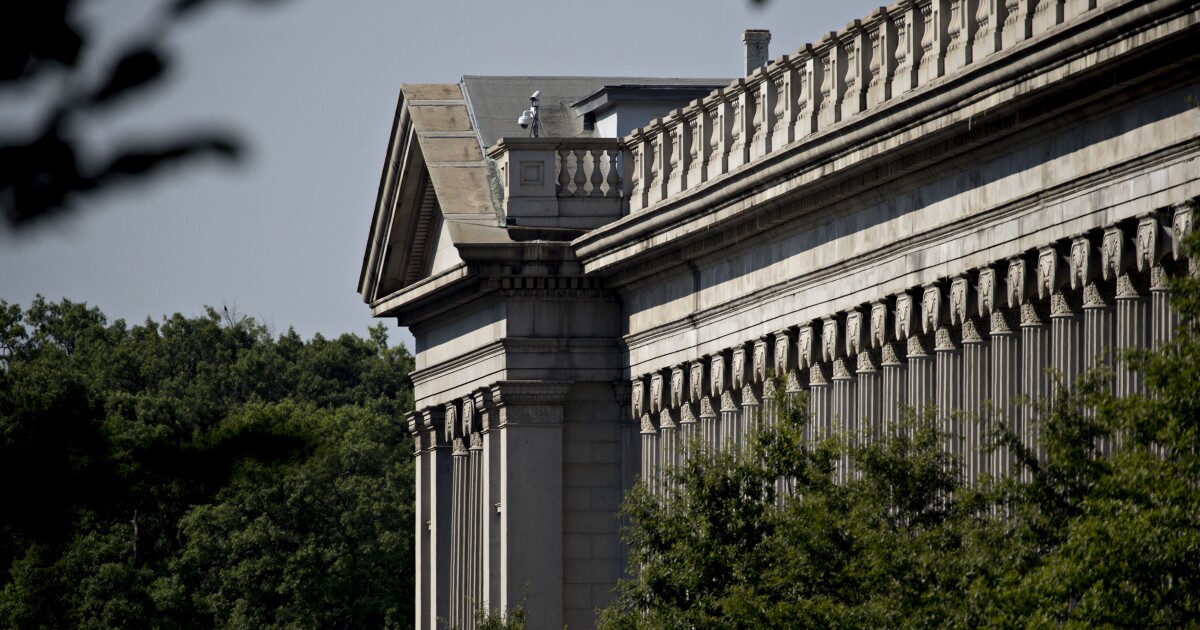
Recently the Treasury Secretary made mention of potential systemic risk for independent mortgage banks despite presenting no detailed evidence that such risk could exist. Trade organizations representing IMBs have rebutted this thesis in the past, and it's worth covering this analysis again, but more importantly, let's list some homeownership recommendations the Treasury Department ought to pursue now.
First, yet another rebuttal on the independent mortgage bank system risk thesis: These organizations do not take deposits, nor lend to each other. They access warehouse lines of credit from banks and use this liquidity to underwrite mortgages that IMBs sell to investors, including Fannie Mae, Freddie Mac, and Ginnie Mae. The underlying assets of this production are two types: mortgages packed into mortgage-backed securities, and the servicing assets that accompany the mortgages.
It bears noting that most mortgages today, unlike those in the 2000s, are strictly defined in statute and regulation to conservative parameters that don't eliminate all risk, but avoid the shoddy underwriting, excess leverage, and yes, outright fraud that appeared in that decade, much of it perpetrated by large banks and Wall Street. Mortgages today remain subject to default risk due to heightened unemployment (in a future recession), but even this risk is mitigated by elevated home price equity levels.
If a large IMB or even several IMBs should go under, the pain in the economy is lost jobs and a temporary reduction in mortgage originations, albeit in a very competitive production market with many providers. These IMBs don't have previously originated mortgages on their books because they already sold what they produced in the past. Thus, systemic risk cannot be modeled here. Some IMBs do hold servicing assets on their books, and in fact these will have to be transferred (sold) to new owners. To model systemic risk here, you'd have to make the case that these servicing assets have fundamental flaws such that no entity would buy them at full or near-full value; no one has pointed out any, however.
Because IMBs don't lend to each other, again, systemic risk doesn't apply. Some banks might face losses from their warehouse lines of credit to IMBs, but these lines are collateralized. During the short time new mortgages are "on the warehouse line," the warehouse bank has rights to the mortgages in production. Should the bank need to take possession of these mortgages in production, these whole loans are further collateralized by the underlying real estate.
If the Treasury (or any other entity) wants to provide more detail on where the system risk might appear, this would be helpful of course. In the meantime, let's now turn to how Treasury can make homeownership safely available to more Americans and in doing so help reduce income inequality. We have some ideas.
Treasury should engage with FHFA to bring the GSEs out of conservatorship in a responsible manner. Failure to do so will lead to see-saw mortgage policy every time the White House changes hands, which is against the intent of the GSE statutes that indicate a desire for stable secondary markets (and a hybrid private/public model, not a wholly political marketplace.) A secondary market cannot keep costs low and serve more Americans safely if the market itself is tied incessantly to electoral politics. Fannie Mae and Freddie Mac should raise equity capital to further improve their balance sheets. A condition of release can include utility pricing and limits on ROE. And once placed squarely into the public-utility, private-sector marketplace (with a government charter), the companies can focus on longer-term, steady goals as intended by their authorizing statutes.
In addition, Treasury is positioned uniquely among all federal agencies (including HUD) to make a positive impact on homeownership. As the GSEs rapidly improve their balance sheets (the GSEs reported
a combined net worth of $125 billion in the fourth quarter ) Treasury could reap a huge "warrants homeownership dividend" as part of ending these "temporary" 15-year conservatorships. Deploying some or all of the warrants' value in the form of down payment assistance programs through state and local intermediaries could represent the largest single federal investment in homeownership in U.S. history, producing over 150,000 new homeowners. In addition, Treasury should establish set asides or scoring incentives in favor of homeownership in the deployment of its CDFI Capital Magnet Fund and Bond Guaranty Programs, nearly all of which serve small businesses and rental housing.- Treasury should engage actively to return the normative spread between
mortgage rates and risk-free Treasury rates. For many decades, this spread has averaged 150 basis points. Since 2022, the spread elevated to 250 and even 300 basis points, which has made mortgages more expensive than they otherwise would be, thus penalizing those Americans more sensitive to higher prices. This spread is a direct result of government pulling back — for the first time in 40 years — from moderating mortgage pricing in times of macroeconomic stress. Treasury knows this is a big problem, knows how to mitigate it, but is doing nothing here.
- Treasury should weigh in against Washington's general practice of using federal housing insurance guarantee fees as "pay-fors" for unrelated government spending. Today Fannie Mae, Freddie, FHA and VA housing programs all cost more actuarially than they should. Most of the time these pay-fors fund programs for older Americans at the expense of younger Americans, despite older citizens having more wealth (on average) than our younger families. The Treasury Secretary is the Chief Financial Officer of the U.S., "responsible for formulating and recommending domestic … financial, economic, and tax policy, participating in the formulation of broad fiscal policies that have general significance for the economy." If the Administration believes high mortgage rates are a problem, and more families need help getting on the economic ladder's first rung, the Secretary ought weigh in against this unfortunate Washington practice. Instead, it has been silent.
- Treasury should engage again regularly with IMB trade organizations on homeownership policy matters, something it once did. Recently, a Washington analyst with many years' experience asked an audience if it could ever remember a Treasury Department less involved with housing and homeownership policy dialogues. The audience took a moment to reflect—and said, "no."
Election years are a time when politicians pay extra close attention to voters and their economic and quality-of-life concerns. It's no secret that young families and families of color have struggled to obtain homeownership and safe neighborhoods in which to raise their children. The Treasury Department has tools to help here — but first it needs to focus less on conceptual risk that doesn't exist, and more on making homeownership markets fair and workable for all Americans.



